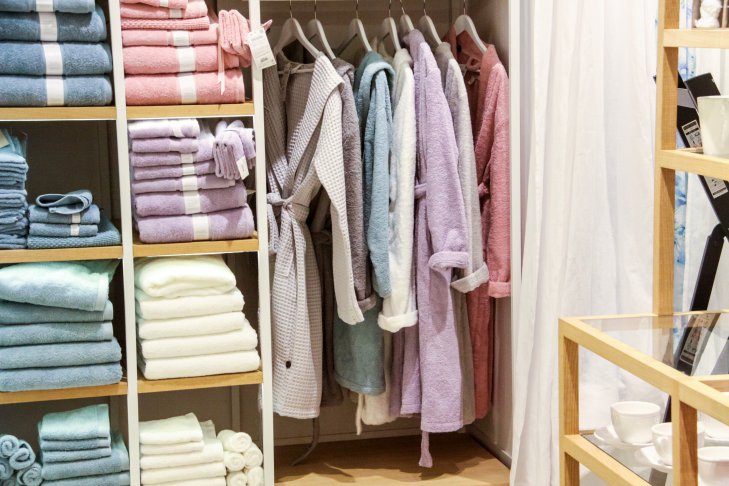The Sliding Wardrobe Is Your Main Enemy: How a Dressing Room Turns into a Hell for Things
Are you sure your wardrobe is a model of order?
Then why do you spend 10 minutes every morning looking for a shirt, and your socks always fall into the “abyss” between the shelves?
Designers are sounding the alarm: 90% of built-in wardrobes and sliding-door wardrobes are designed in such a way that they turn storing things into a survival quest. For example, a shelf depth of 70 cm is ideal for making the back rows of clothes invisible.
The first enemy of harmony is standard dimensions. For years, manufacturers of sliding wardrobes have been offering template solutions: shelves 60 cm deep, hanger rods at a height of 180 cm, narrow drawers for linen. But real things do not fit into these frames. Maxi dresses get lost in the depths, winter coats hang to the floor, and a stack of T-shirts turns into the Leaning Tower of Pisa. Another problem is “dead zones”. Corners, space above doors, narrow niches - these areas accumulate dust for years, not things.
The second mistake is ignoring individual needs. A wardrobe for an office worker and an extreme athlete are two different universes.

The third mistake is saving on ventilation. Sealed cabinets are a paradise for moths and mold. It is even worse when the cabinet is placed next to the bathroom or kitchen.
The fourth point is the illusion of "mirror doors." They visually enlarge the space, but become a source of stress. Every imprint, scratch, or uneven lighting turns the facade into a spotty canvas. Another problem: mirrors mask the chaos inside.
The fifth mistake is a fanatical love for "storage systems." Baskets, dividers, organizers - all this is useless if the basic plan is failed.
How to save your wardrobe from chaos? Start with an audit: throw out everything you haven’t worn in a year, measure the length of the longest item, count the pairs of shoes. If the shelves are deeper than 50 cm, add pull-out baskets. Replace some of the rods with pantographs - they allow you to lower clothes to the desired level. For small items, use transparent containers with lids, not baskets. And most importantly - forget about "standards". Your wardrobe should reflect your lifestyle, not a furniture store catalog. Even if this means throwing out half the shelves and starting from scratch. In the end, it is better to spend time on remodeling than to hate your closet every day.
